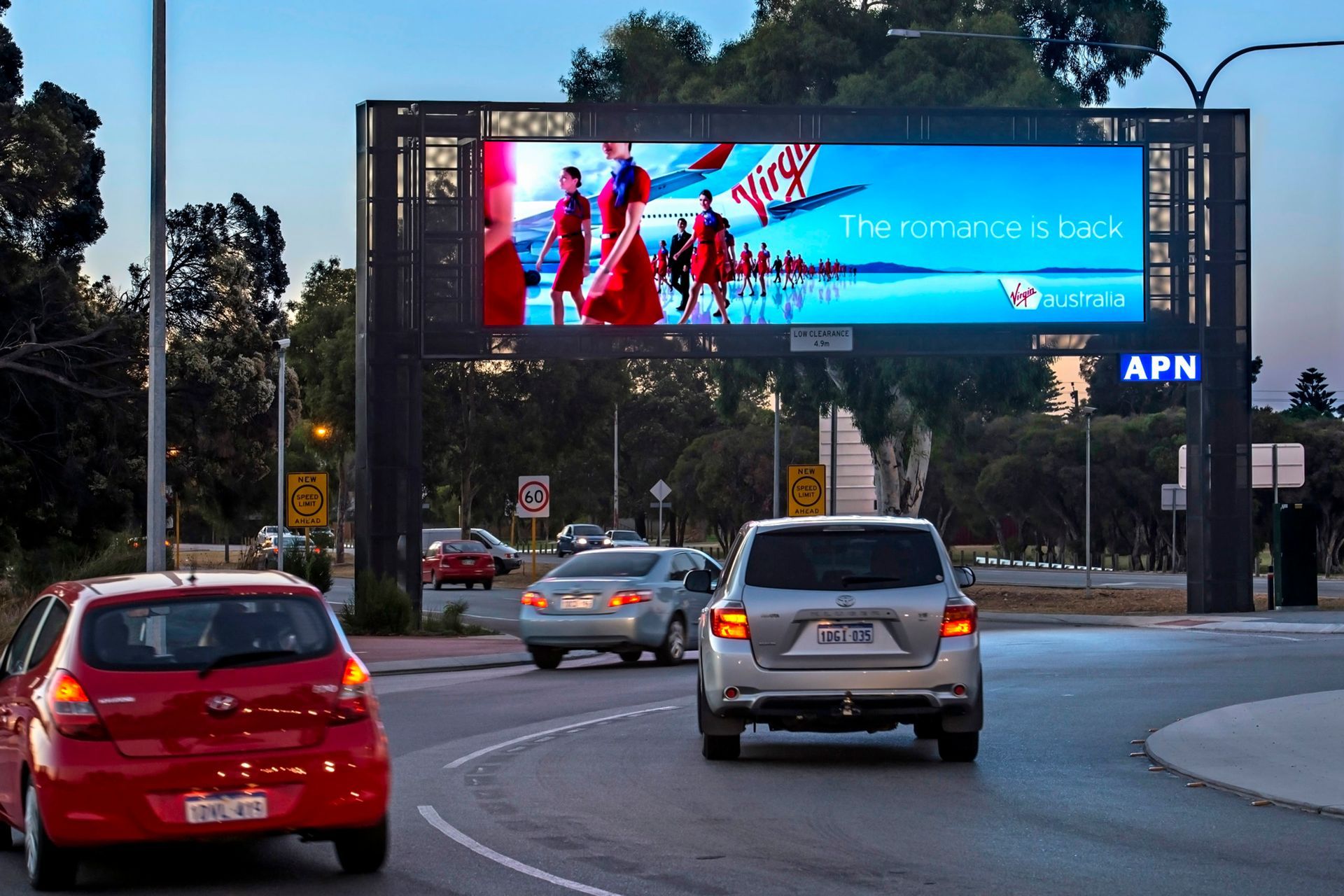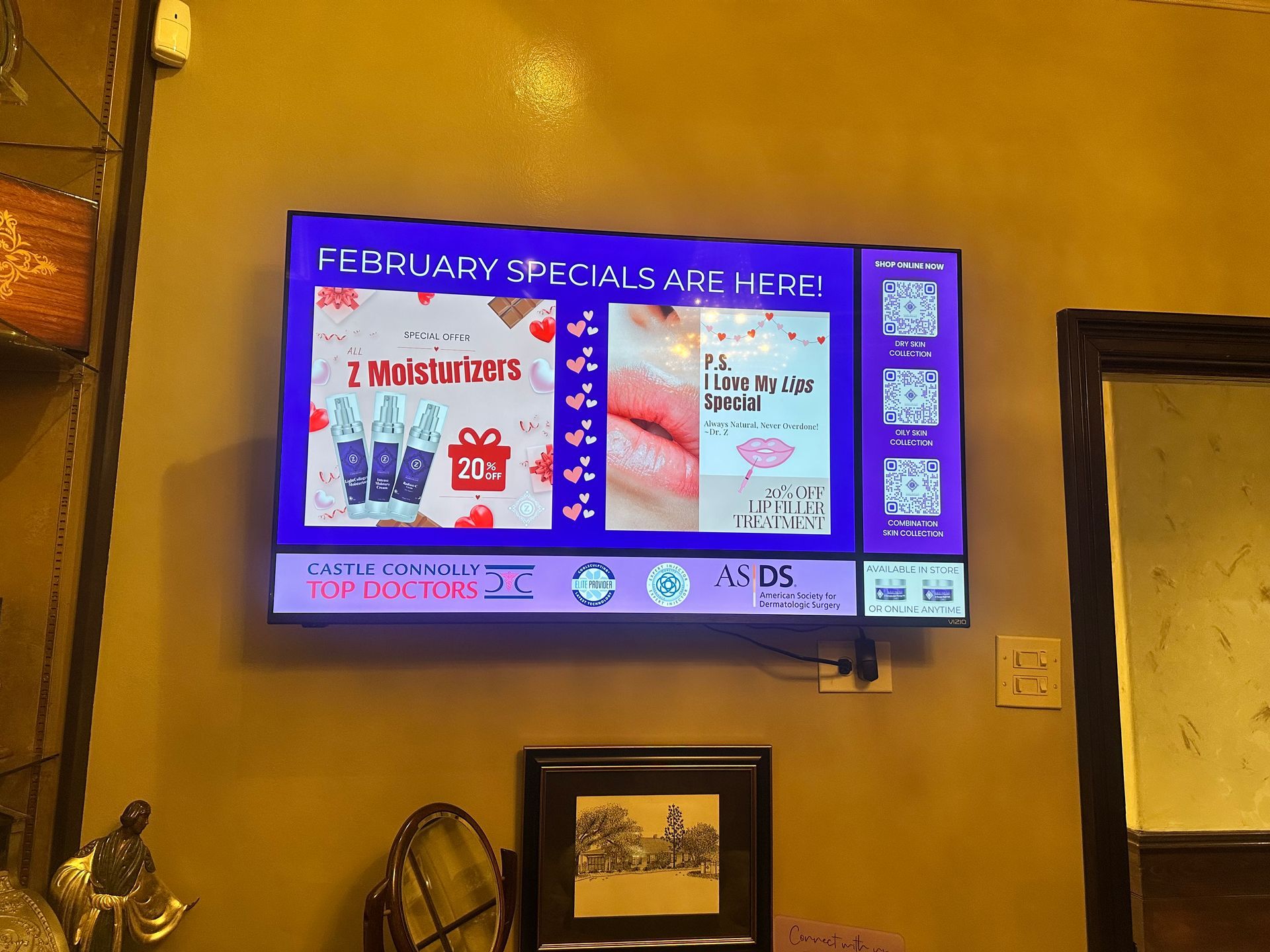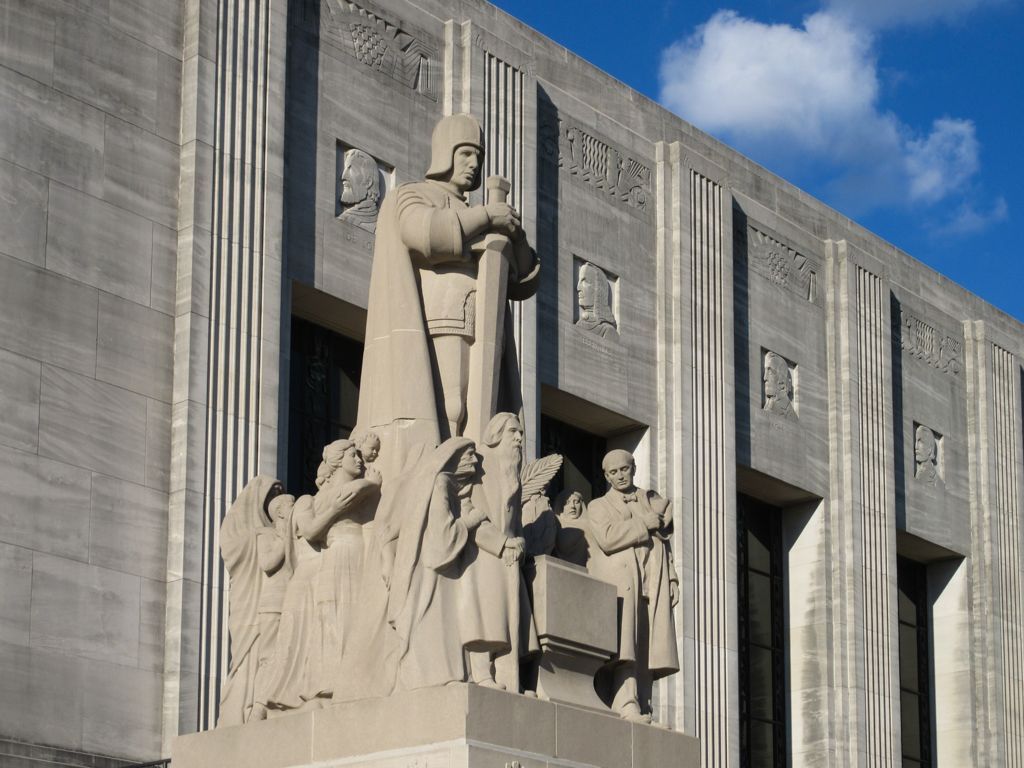The Advantages of Digital Outdoor Billboards in Urban Areas vs. Along Interstates: Why Slower Traffic Patterns Matter
Outdoor advertising has long been a staple of marketing strategies, but the rise of digital billboards has revolutionized the industry. With their dynamic content, vibrant displays, and ability to adapt to real-time messaging, digital billboards are a powerful tool for capturing attention. However, not all billboard locations are created equal. When it comes to maximizing visibility and engagement, urban areas often have a distinct advantage over interstates. One of the key reasons? Slower traffic patterns. Let’s explore why digital outdoor billboards thrive in urban environments and how slower-moving traffic can significantly boost their effectiveness.

1. Slower Traffic Means More Dwell Time
In urban areas, traffic congestion is a common reality. While this might frustrate drivers, it’s a golden opportunity for advertisers. Slower-moving or stopped traffic increases the amount of time drivers and passengers spend looking at their surroundings—including digital billboards. This extended "dwell time" allows for greater message retention and engagement.
On interstates, vehicles often move at high speeds, giving drivers only a few seconds to glance at a billboard. In contrast, urban traffic patterns create a captive audience. Whether it’s a red light, a traffic jam, or a pedestrian-heavy zone, digital billboards in cities have a better chance of being seen and remembered.
2. Higher Pedestrian Traffic Amplifies Reach
Urban areas are bustling with not just vehicles but also pedestrians, cyclists, and public transit users. Digital billboards in these environments benefit from a diverse audience that includes both drivers and foot traffic. This dual exposure significantly increases the reach of an advertisement.
For example, a digital billboard in a busy downtown area can be seen by people waiting at a crosswalk, sitting in a café, or riding a bus. This multi-dimensional visibility is harder to achieve along interstates, where the audience is limited to drivers and passengers in vehicles.
3. Hyper-Local Targeting Opportunities
Urban digital billboards allow advertisers to tailor their messages to a specific local audience. Whether it’s promoting a nearby restaurant, a retail sale, or a community event, urban billboards can leverage hyper-local targeting to drive immediate action. This level of relevance is harder to achieve on interstates, where audiences are often passing through from different regions.
For instance, a digital billboard in a city center can advertise a lunch special at a nearby restaurant during peak lunch hours, enticing hungry commuters to stop by. This kind of timely, location-specific messaging is far more impactful in urban settings.
4. Enhanced Engagement with Dynamic Content
Digital billboards excel at capturing attention with dynamic, changing content. In urban areas, where traffic patterns are slower and more unpredictable, advertisers can take full advantage of this capability. For example, a digital billboard can display real-time updates, such as weather alerts, event promotions, or even social media feeds, to engage viewers.
The slower pace of urban traffic allows audiences to absorb more information from these dynamic displays. On interstates, the fast-moving nature of traffic often limits the effectiveness of such content, as drivers may only catch a glimpse before speeding past.
5. Better ROI for Advertisers
The combination of slower traffic, higher visibility, and hyper-local targeting makes urban digital billboards a more cost-effective option for many advertisers. While prime urban locations may come with a higher price tag, the increased engagement and conversion rates often justify the investment.
In contrast, interstate billboards may require more frequent rotations or larger campaigns to achieve similar results, as their audience is more transient and less likely to act on the messaging immediately.
6. Integration with Urban Landscapes
Digital billboards in urban areas often blend seamlessly into the cityscape, becoming a natural part of the environment. They can be strategically placed near landmarks, shopping districts, or entertainment hubs, where they complement the surroundings rather than feeling intrusive. This integration enhances their appeal and ensures they are seen as part of the urban experience.
On interstates, billboards are often isolated structures that compete with the natural landscape. While they can still be effective, they lack the contextual relevance that urban billboards enjoy.
Conclusion: Urban Billboards Shine in the Slow Lane
While digital outdoor billboards are a powerful advertising tool in any location, their advantages are particularly pronounced in urban areas. Slower traffic patterns, higher pedestrian engagement, and the ability to deliver hyper-local, dynamic content make urban billboards a standout choice for advertisers looking to maximize visibility and impact.
So, the next time you’re stuck in city traffic, take a moment to look around. Those glowing digital billboards aren’t just filling the skyline—they’re capturing your attention in ways that interstate billboards simply can’t. For advertisers, the urban slow lane is where the real opportunity lies.




